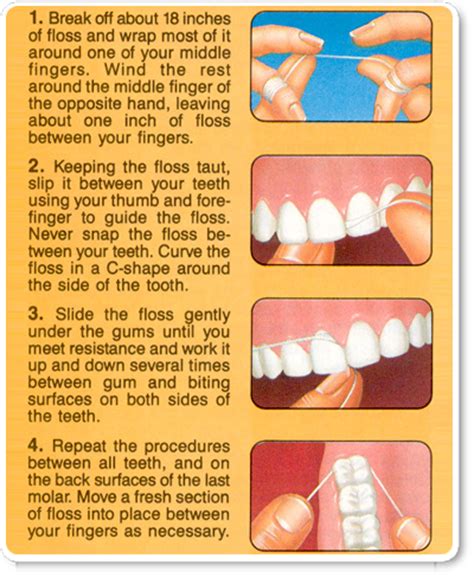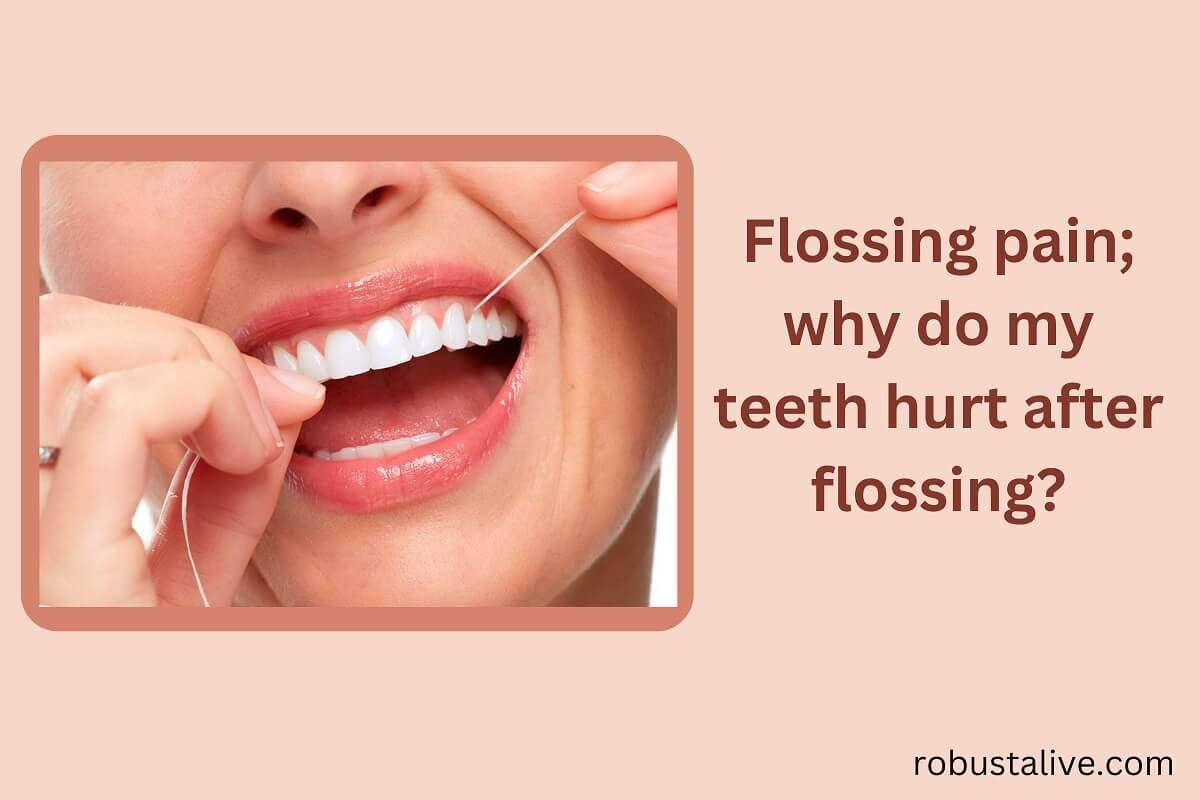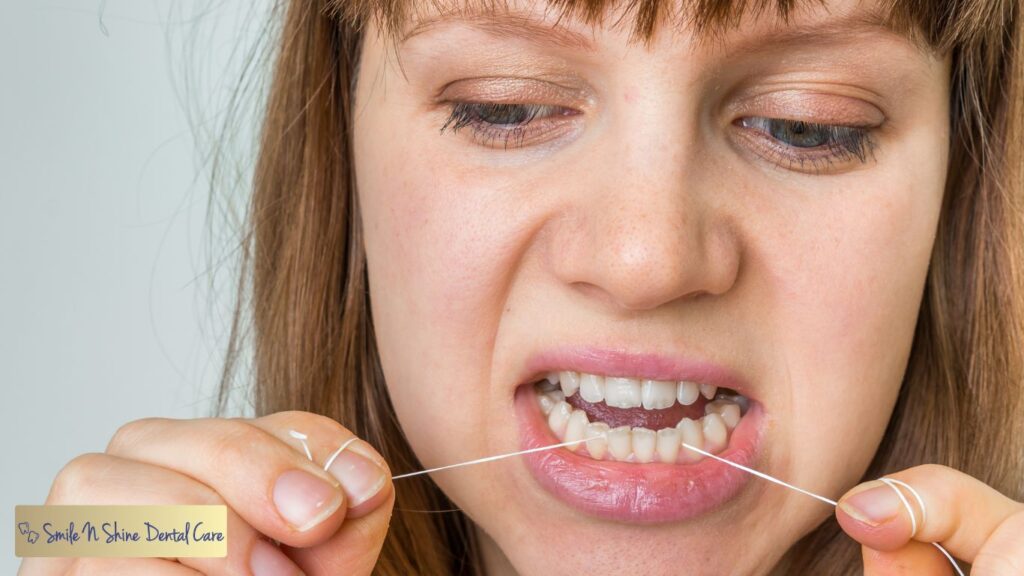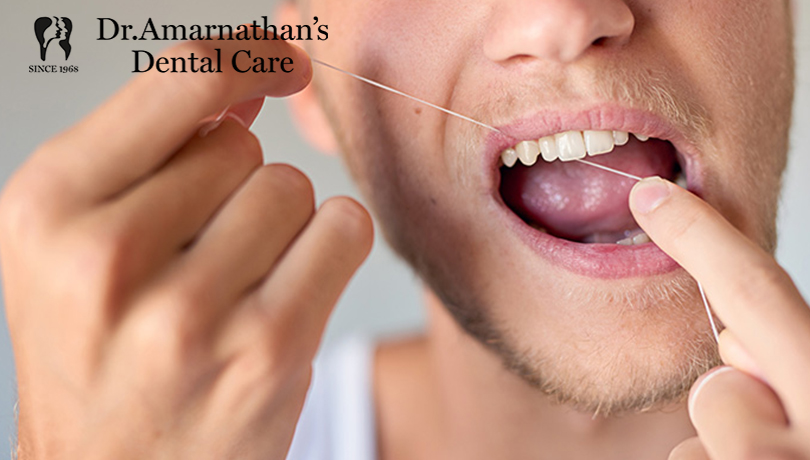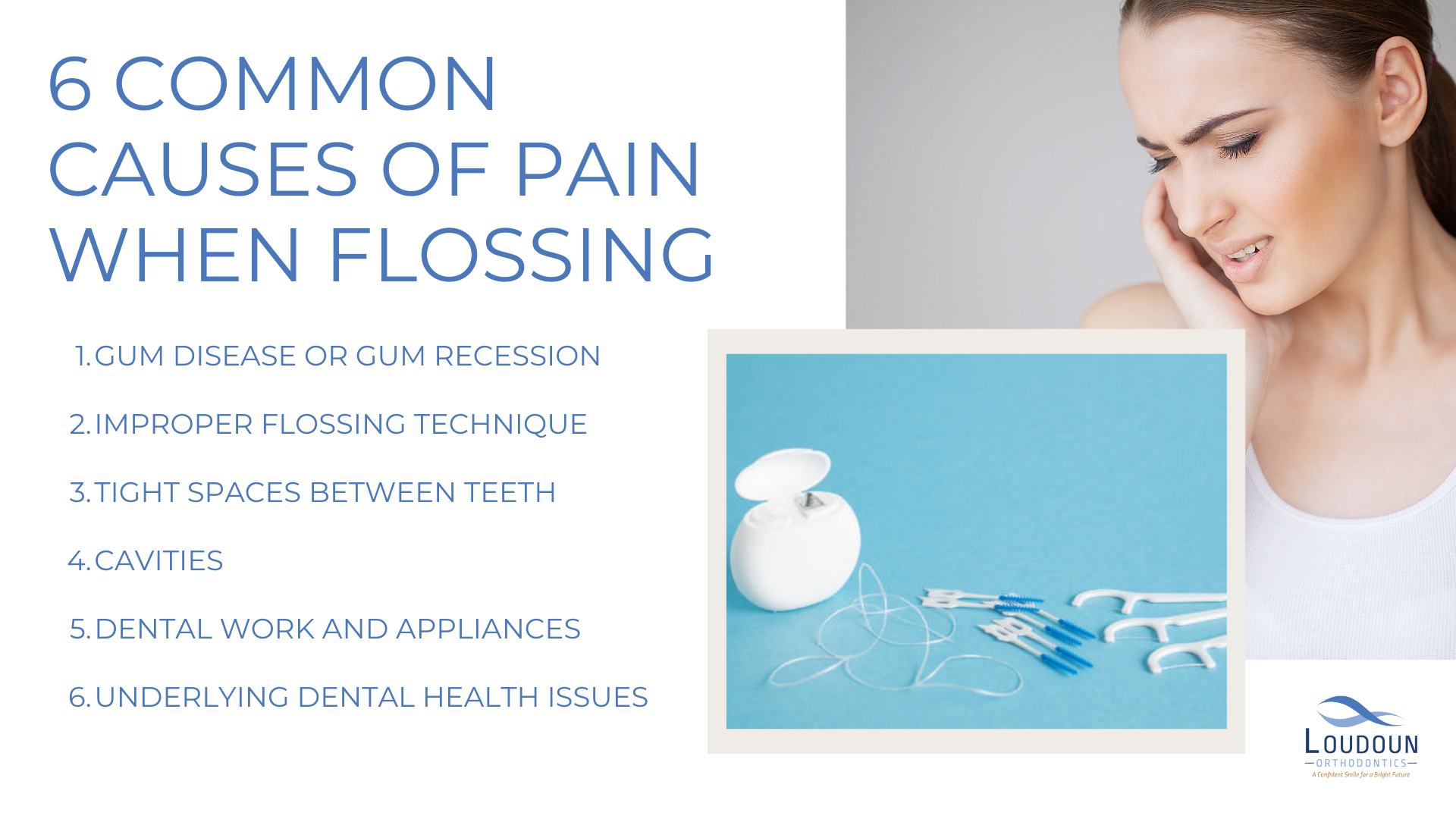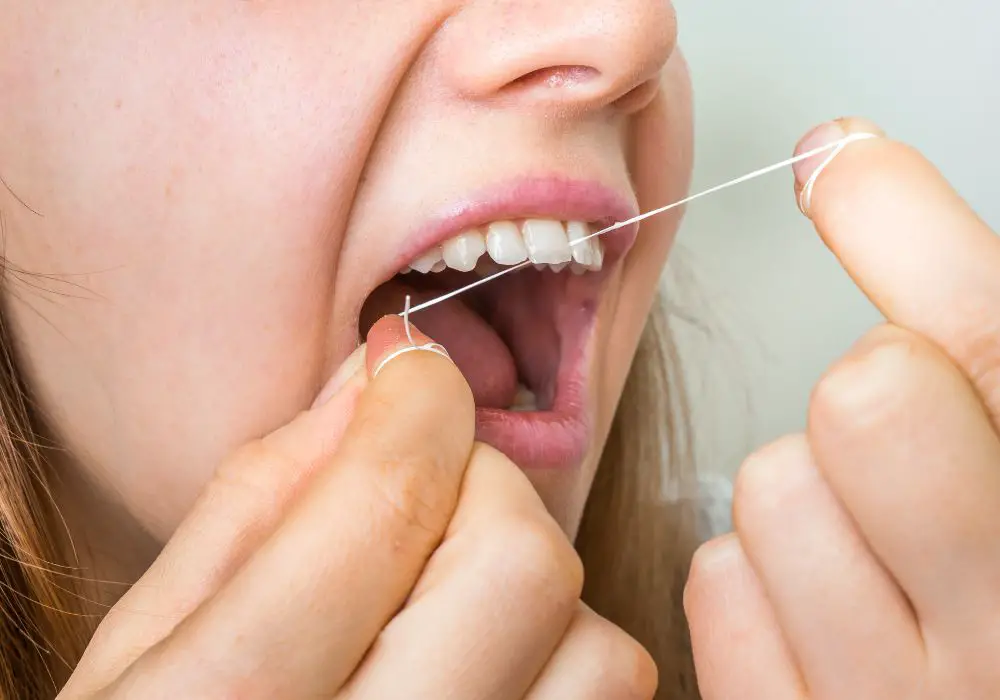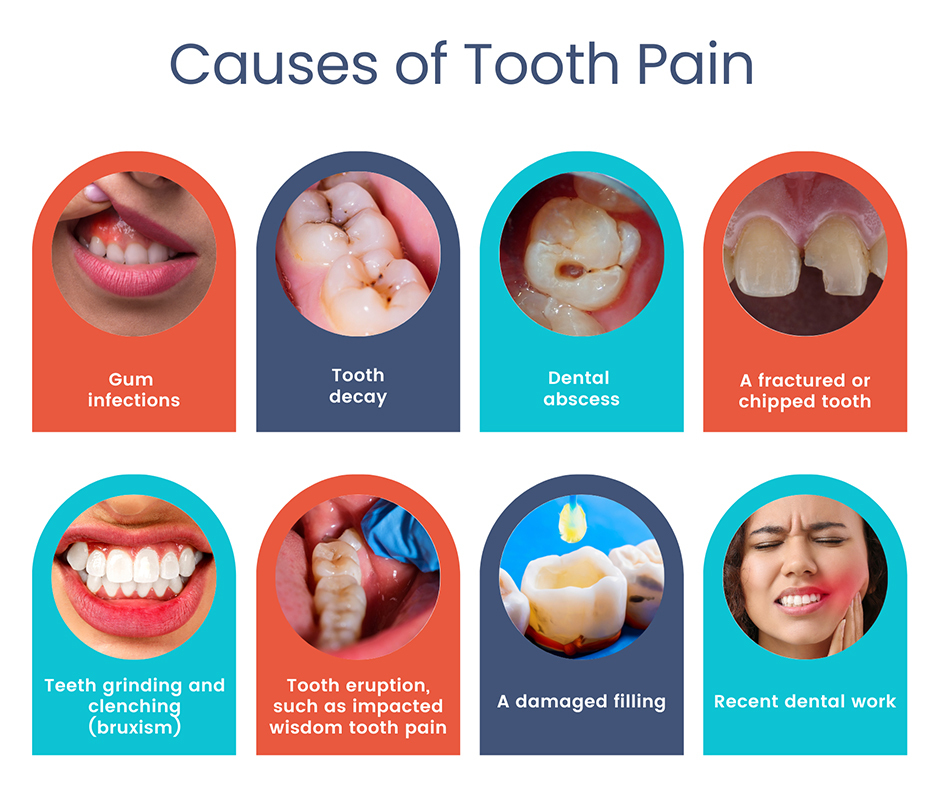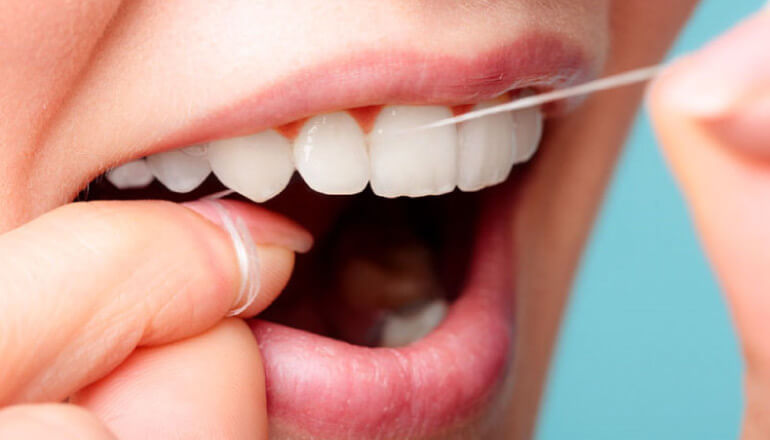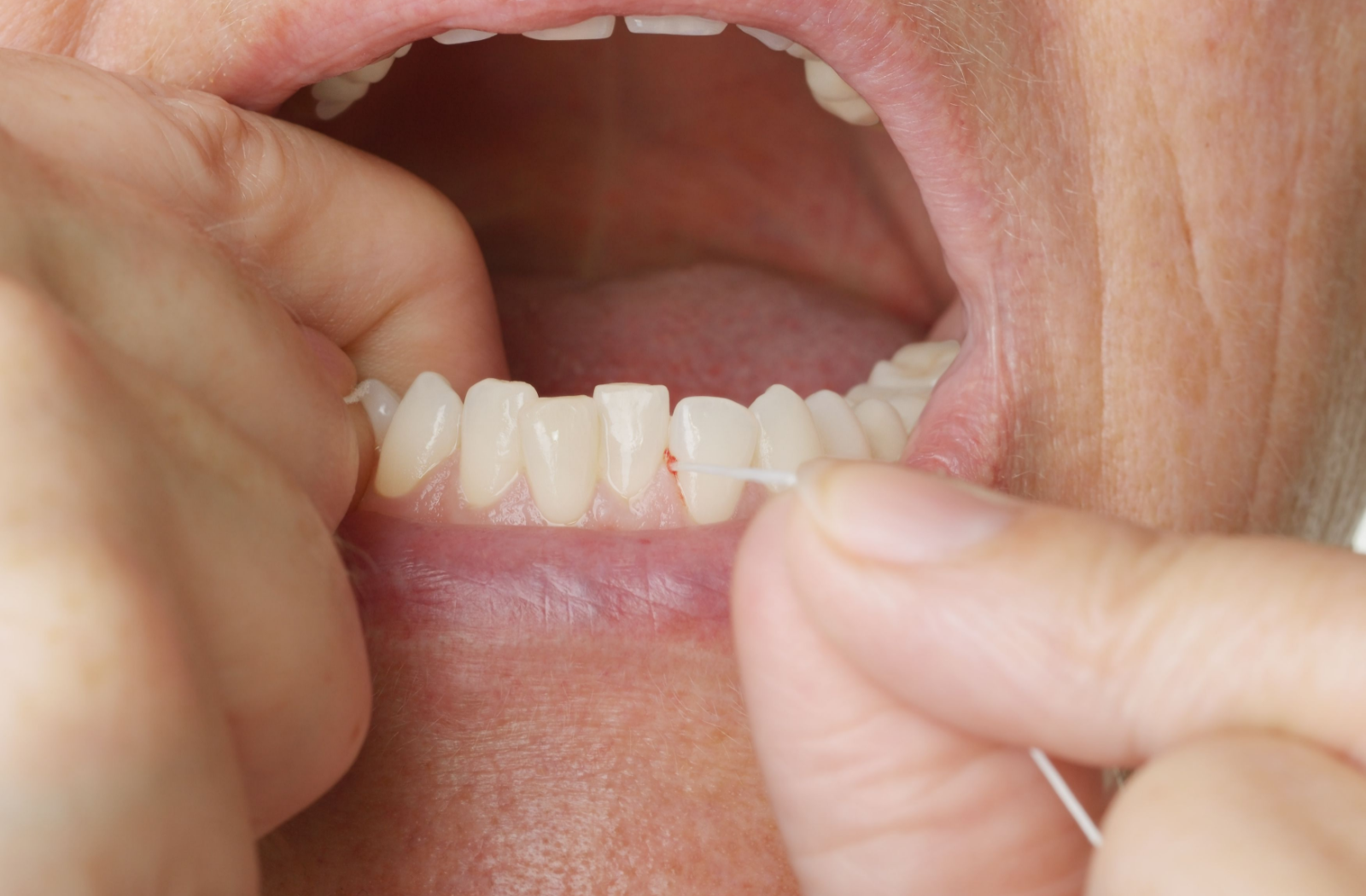Why Does It Hurt When I Floss Between Two Teeth
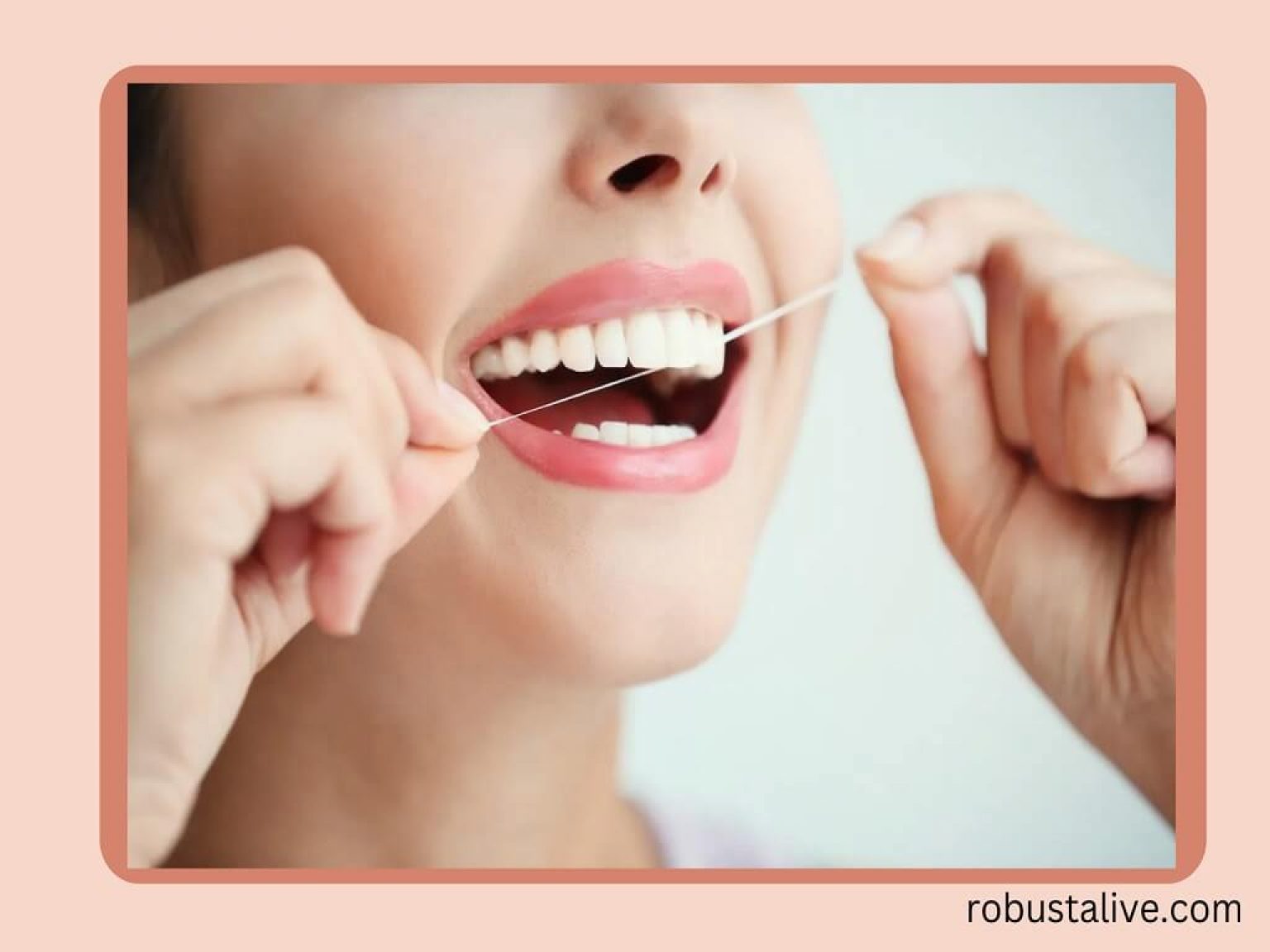
That familiar twinge, or even outright pain, when flossing between certain teeth is a common experience, but it's often met with a mix of resignation and confusion. Why does this seemingly simple act of oral hygiene sometimes feel like a minor assault? Understanding the reasons behind this discomfort can empower individuals to take better care of their gums and teeth, ultimately leading to improved oral health.
The purpose of this article is to explore the various factors that contribute to pain or sensitivity during flossing, offering insights from dental professionals and highlighting the importance of proper technique. It aims to clarify the difference between normal, temporary discomfort and more serious underlying issues that require professional attention. By addressing this common concern, the article intends to encourage consistent and effective flossing habits for optimal dental well-being.
The Delicate Dance of Gums and Floss
Our gums, or gingiva, are sensitive tissues. They form a tight seal around each tooth, protecting the underlying bone and structures from bacteria and food particles. When flossing, we are essentially disrupting this seal, gently forcing a thin string into a narrow space.
The primary reason for pain during flossing is often inflammation. According to the American Dental Association (ADA), inflammation is frequently a sign of gingivitis, an early stage of gum disease.
Gingivitis is characterized by redness, swelling, and bleeding of the gums. This inflammation makes the gums more sensitive to touch, including the pressure from floss. Bacteria accumulate between teeth and under the gumline, producing toxins that irritate the gum tissue.
Technique Matters: Are You Flossing Correctly?
Improper flossing technique is a significant contributor to gum irritation and pain. Snapping the floss forcefully between teeth can damage the gums, causing cuts and abrasions.
Using a sawing motion instead of carefully sliding the floss up and down against each tooth can also injure the delicate gum tissue. Dental professionals recommend using a gentle, "C" shape motion to hug the tooth and clean along the gumline. This ensures you're removing plaque effectively without causing trauma.
Ignoring the area completely due to previous pain will only exacerbate the problem. It allows more bacteria to build up and worsen inflammation, leading to a vicious cycle of pain and neglect.
Underlying Dental Issues That Can Cause Pain
While gingivitis and improper technique are the most common causes, other dental problems can contribute to pain during flossing. These include cavities forming between teeth, which can create rough edges that irritate the gums.
Receding gums, where the gum tissue pulls away from the tooth, exposing the root surface, can also cause sensitivity. Exposed tooth roots lack the protective enamel found on the crown of the tooth and are more susceptible to pain when touched.
Impacted food or debris wedged tightly between teeth can also cause pain when floss is forced into the area. In some cases, a poorly fitted filling or crown can create an uneven surface that traps food and irritates the gums, leading to discomfort during flossing.
When to Seek Professional Help
Occasional, mild discomfort during flossing is often normal, especially when starting a new flossing routine. However, persistent or severe pain, bleeding, or swelling should prompt a visit to the dentist.
According to the National Institute of Dental and Craniofacial Research (NIDCR), untreated gum disease can progress to periodontitis, a more serious infection that can damage the bone and tissues that support the teeth. This can eventually lead to tooth loss.
A dentist can diagnose the underlying cause of the pain and recommend appropriate treatment, which may include professional cleaning, scaling and root planing (a deep cleaning procedure), or antibiotics.
The Path to Pain-Free Flossing
Achieving pain-free flossing requires a combination of proper technique, consistent practice, and addressing any underlying dental issues. Start by using a soft, waxed floss to minimize friction and irritation.
Focus on gentle, controlled movements, avoiding snapping or sawing motions. If your gums bleed initially, don't be discouraged; continue flossing daily. As your gums become healthier, the bleeding should subside. Consult your dentist or hygienist for personalized flossing instructions and recommendations for interdental brushes or other cleaning aids.
Flossing is not just about removing food particles; it is about disrupting the bacterial biofilm that forms on teeth and gums. By embracing proper flossing habits and seeking professional care when needed, individuals can prevent gum disease, protect their teeth, and enjoy a healthier, more comfortable smile.

